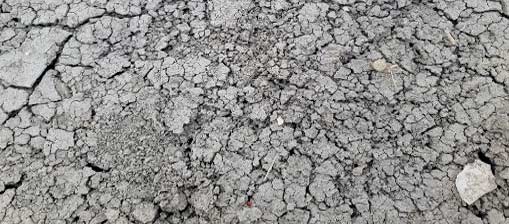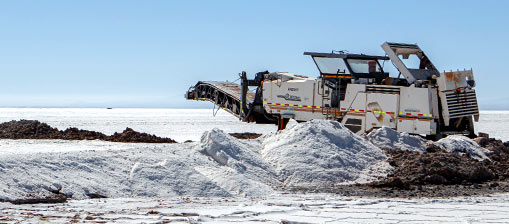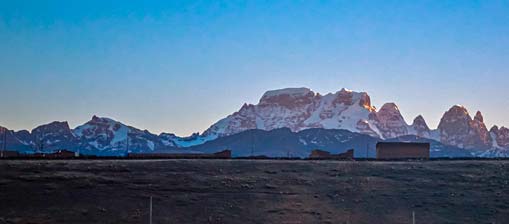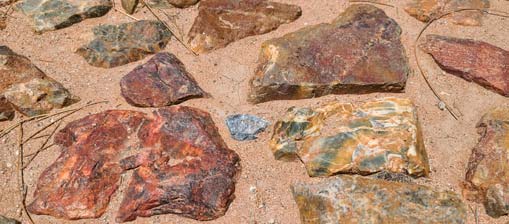Salt flats. Brine deposits
Salt flats are bodies of salt water found in desert areas. Lithium extraction requires large quantities of fresh water, a scarce resource in these areas.
Duration of the process:
12 to 24 months.
Brine, an aqueous solution Elements such as boron (B), arsenic (As), lithium (Li) and potassium (K), are pumped from underground aquifers into evaporation ponds
The brines are poured into large, shallow open ponds, where more than 90% of their original water content is lost due to evaporation, which is accelerated by solar radiation and wind. This natural evaporation concentrates the solution to a point where it can be processed to extract lithium.
In refining, chemicals are used to remove impurities and produce usable lithium concentrates, mainly lithium carbonate, which at first glance resembles salt.
This process produces chemical residues such as magnesium hydroxide powder, which, although inert, generates residue problems for populations near the salt flats because the powder can be blown by the wind.
Packaging and shipping. Lithium carbonate is poured into large bags that have the capacity to hold up to one ton in weight. Approximately 50% to 70% of the lithium produced in the world is shipped to China.
Sources:
"Why the Rush to Mine Lithium Could Dry Up the High Andes" - Yale Environment 360. Available on: Yale Environment 360. "La extracción de litio tiene impacto ambiental: puede dañar la salud" - Expansión Política. Available on: Expansión Política.
"Extracción de litio y su impacto ambiental" - Revista U.D.C.A Actualidad & Divulgación Científica. Available on: Revistas U.D.C.A.
"China’s growing control of global minerals supply leaves the US in the dust" - South China Morning Post. Available on: South China Morning Post.
Hardrock mining
Lithium is extracted from ore in pegmatites, using techniques such as open-pit mining.
Mined ore, such as spodumene, is crushed into smaller particles for easier processing.
The podoumnea is subjected to calcination and grinding in preparation for lithium extraction.
Sulfuric acid is used to selectively dissolve the lithium contained in the calcined ore. This process converts the lithium into water-soluble lithium sulfate, separating it from other components of the rock.
The result is a liquid solution containing lithium sulfate, which is then purified to remove impurities and concentrate the lithium.
Sodium chloride is added to precipitate the lithium as lithium chloride, which is then converted to lithium carbonate.
The result is high-purity lithium carbonate (Li2CO3), essential in the manufacture of lithium-ion batteries for electric vehicles, portable electronics and renewable energy storage. Its high purity is crucial to ensure the efficiency and durability of these batteries.
*It is estimated that 15 tons of CO2 are emitted for each ton of lithium.
Source:
"Why the Rush to Mine Lithium Could Dry Up the High Andes" - Yale Environment 360. Available on: Yale Environment 360. "La extracción de litio tiene impacto ambiental: puede dañar la salud" - Expansión Política. Available on: Expansión Política.
"Extracción de litio y su impacto ambiental" - Revista U.D.C.A Actualidad & Divulgación Científica. Available on: Revistas U.D.C.A.
"China’s growing control of global minerals supply leaves the US in the dust" - South China Morning Post. Available on: South China Morning Post.

The toxic paradox of ‘green’ energy

Lithium in Bolivia: a treasure impossible to unearth?
In Bolivia, after 15 years of talking about lithium, there is little production and no industrialization.

In Peru, more questions than answers about lithium
Peru is still on the sidelines, though. Its lithium is in rock formations that also contain uranium. A company has held concessions in the area for nearly two decades, but so far mining is still in the study phase.

Lithium in Mexico: between the promise of development and the reality of environmental damage
The Mexican government's interest in exploiting lithium and the arrival of companies like Tesla could create sacrifice zones in the north central region of the country.










